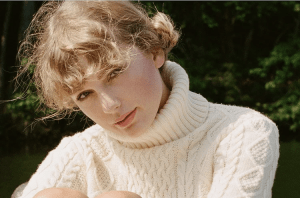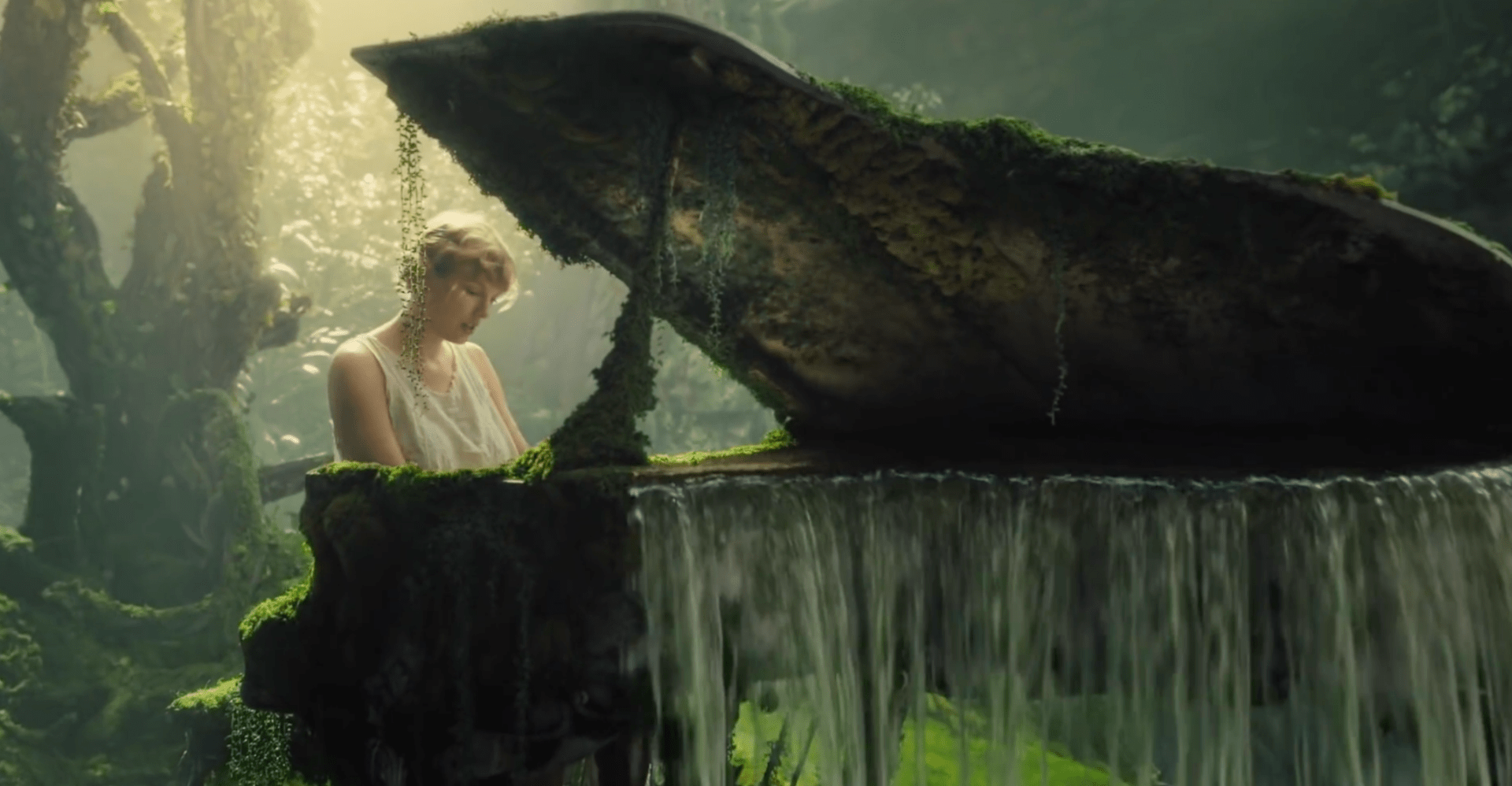How can an artist who doesn’t identify as queer have their music be understood as queer? How does audience play a huge role in the interpretation of music?
Music comes to us as a warm gift that can fill our ears, hearts, and souls with sounds that make us feel. However, it really works best when we are able to relate to what we are listening to. This project stems from a personal desire to bring together several aspects of my identity — a Taylor Swift fan, a popular music lover, a Media Studies student, and a queer woman.
 Although Taylor Swift is often seen as a heteronormative artist, I’ve taken on the challenge of exploring how one can queer her music anyway. My project focuses specifically on folklore and evermore, which Swift released within five months of one another during the second half of 2020. Rather than exploring the musician’s full discography, I conceived a more centered study, providing my own take on these two particular albums, which I believe have the most queer implications out of all the music Swift has released.
Although Taylor Swift is often seen as a heteronormative artist, I’ve taken on the challenge of exploring how one can queer her music anyway. My project focuses specifically on folklore and evermore, which Swift released within five months of one another during the second half of 2020. Rather than exploring the musician’s full discography, I conceived a more centered study, providing my own take on these two particular albums, which I believe have the most queer implications out of all the music Swift has released.
Produced as a senior capstone project for Popular Music and Communications spring 2022, Queering Taylor Swift takes the form of a website divided into several sections that cover the artist’s background, audience reactions to the two albums, an explanation of queer theory, and my own readings of some specific songs.
For the full project, visit Queering Taylor Swift.
ABOUT THE AUTHOR:
 Cathrine Roque is a former USF Media Studies student who graduated in 2022. She is originally from an island called Saipan. Currently, she is living in San Francisco and working as a PR intern at Highwire PR.
Cathrine Roque is a former USF Media Studies student who graduated in 2022. She is originally from an island called Saipan. Currently, she is living in San Francisco and working as a PR intern at Highwire PR.

